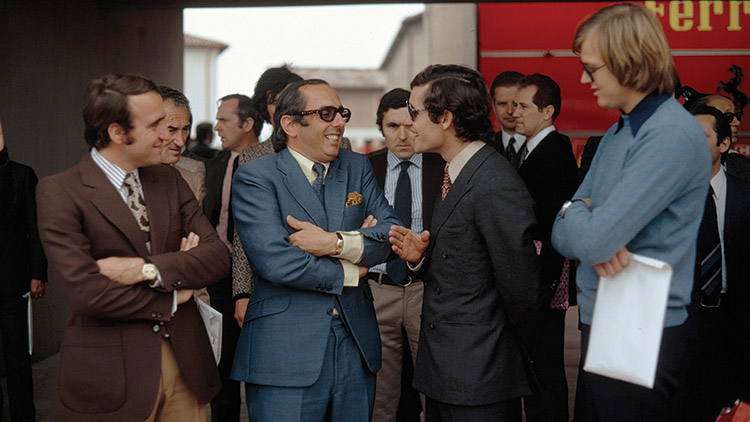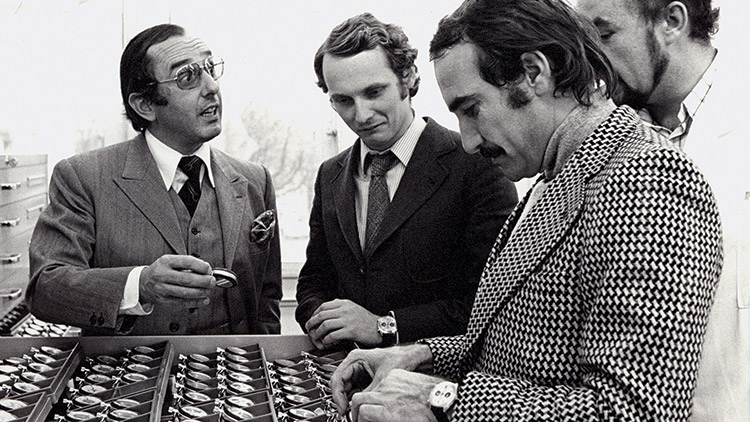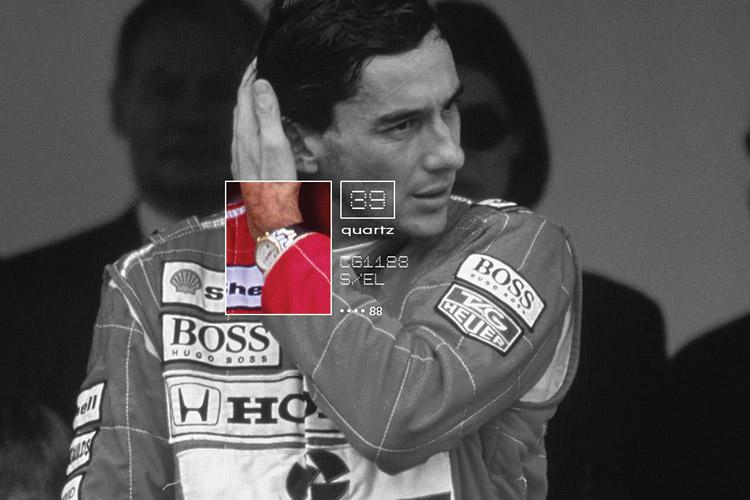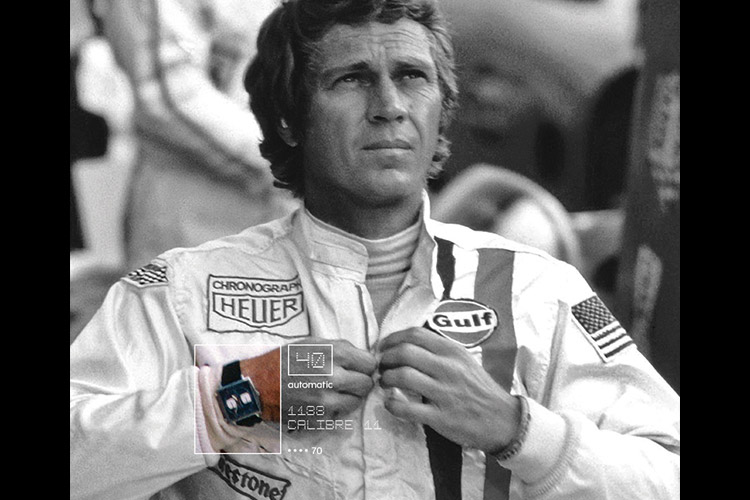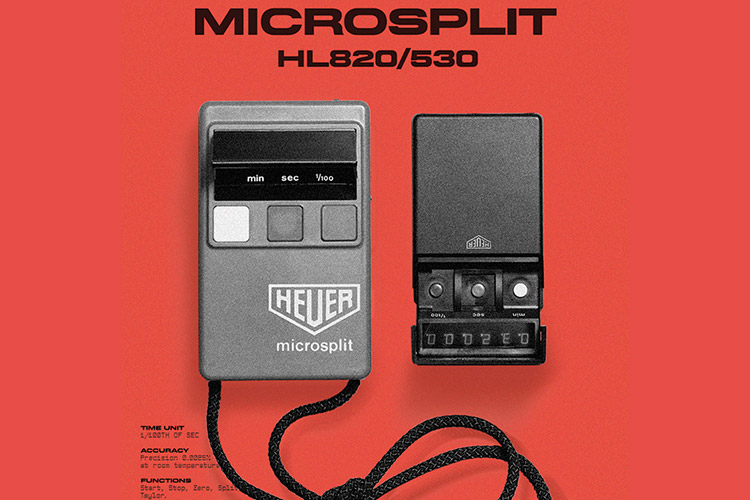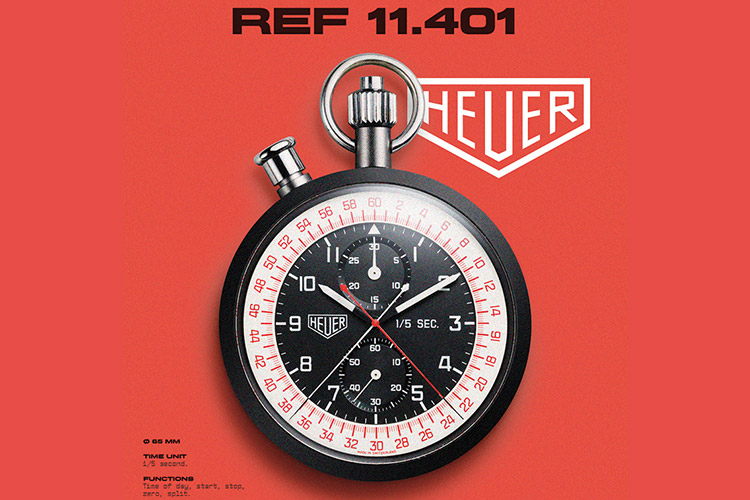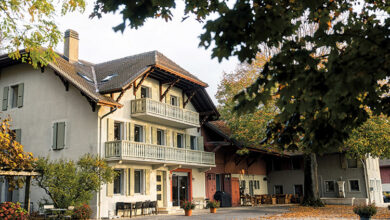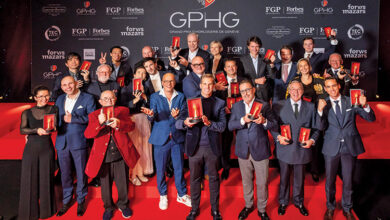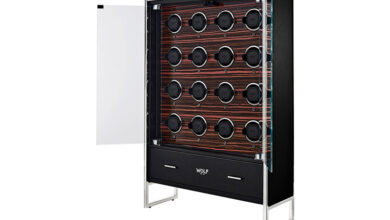TAG Heuer is again Official Timekeeper for Formula 1
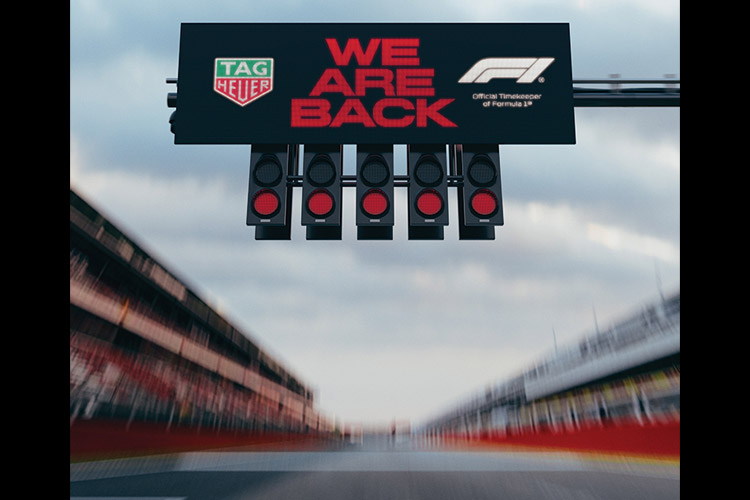
As Formula 1 celebrates its 75th Anniversary, TAG Heuer has returned to the sport as its Official Timekeeper. With a rich history in Formula 1 spanning over seven decades, 2025 marks the revival of a special partnership that embodies luxury, precision, innovation, performance and speed
TAG Heuer was the first luxury brand to have its logo appear on a Formula 1 car in 1969, the first to sponsor a team in 1971 and, with 239 wins, 613 podiums, 9,471 points, 11 World Constructors’ Championships, 15 World Drivers’ Championships to its name through its associations with teams, it is one of the most successful brands in history to be associated with Formula 1.
The partnership between TAG Heuer and Formula 1 embodies a shared philosophy between the two iconic brands that goes beyond racing, through a dedication to precision engineering, cutting-edge technology and avant-garde materials, accuracy and an unbreakable commitment to surpass one’s personal best.
Founded in 1860, TAG Heuer forged a reputation as a manufacturer of timekeeping devices early in its history and presented the first-ever dashboard mounted chronograph in 1911. In 1916 the company would debut the first stopwatch accurate to 1/100th of a second, the Mikrograph, becoming the standard in high-precision timekeeping for sport. In the 1950s, during the early years of Formula 1, Heuer, as it was then known, decided it would only make chronograph wristwatches, positioning itself as the watch for those whom time mattered the most.
It would be during the 1960s, as Formula 1 gained popularity, that Heuer would become intimately involved with the sport and the drivers. Jochen Rindt, the celebrated Formula 1 driver would go on to win the 1970 World Drivers’ and Constructors’ Championships for Lotus posthumously, wearing a Heuer Autavia reference 2446 during his racing career.
A pivotal moment would occur when Jack Heuer, then CEO of the family company, encountered a young, talented driver called Jo Siffert, from Fribourg in Switzerland. A deal was struck for Siffert to help to promote and support the launch of the revolutionary Calibre 11 automatic chronograph by placing a logo on the Rob Walker Lotus 49B he would race during the 1969 season and having the Heuer shield on his race suit as well as wearing a reference 1163 Autavia with white dial powered by the new movement. This would represent the first time a watchmaker or any luxury brand outside of the traditional automotive suppliers would sponsor a driver in Formula 1 and see their logo featured on a car.
Throughout the 1970-90s, Heuer worked with the Scuderia Ferrari and McLaren teams in various capacities helping them win multiple races. Heuer’s relationship with Ferrari would run until 1979, before continuing their team partnership with McLaren, that would go on to be one of the longest in Formula 1 history. In 1985 Heuer would be acquired by Techniques d’Avant Garde Group, which was also the owner of the McLaren Formula 1 team.
This would not only give the company its new name, TAG Heuer, but also help build a new relationship with Alain Prost, who in 1986, would win the World Drivers’ Championship. The same year saw the launch of a revolutionary new watch – the TAG Heuer Formula 1 – by the brand. In 1988, Ayrton Senna would join McLaren, adding his own brand of magic.
In 1992 TAG Heuer became Official Timekeeping partner for Formula 1, utilising its incredible expertise to enhance and develop the precision and reliability of the timing solutions present in the sport. As well as data capture and processing, the system would also provide a new dimension to the entertainment for viewers at home, and the TAG Heuer logo that would be shared on TV screens around the world would become a defining visual of the sport.
TAG Heuer would be a part of two more World Drivers’ Championship victories for McLaren in 1997 and 1998 thanks to Miki Häkkinen before the turn on the new millennium. One of the new names to race for McLaren in the 2000s included Lewis Hamilton, who would go on to have an incredible record in F1 and win his first World Drivers Championship in 2008 with a TAG Heuer on his wrist.
In 2015, after 30 years of successful collaboration it was decided for TAG Heuer and McLaren to pursue different paths. For the 2016, TAG Heuer would join Red Bull, a team that in a short space of time would leave an indelible mark on Formula 1.
The relationship between TAG Heuer and Oracle Red Bull Racing would result in four World Drivers’ Championship thanks to the exceptional and generation defining talent of Max Verstappen, as well as two consecutive World Constructors’ Championships. TAG Heuer’s partnership with Oracle Red Bull will continue alongside its responsibilities as Official Timekeeper for Formula 1.
